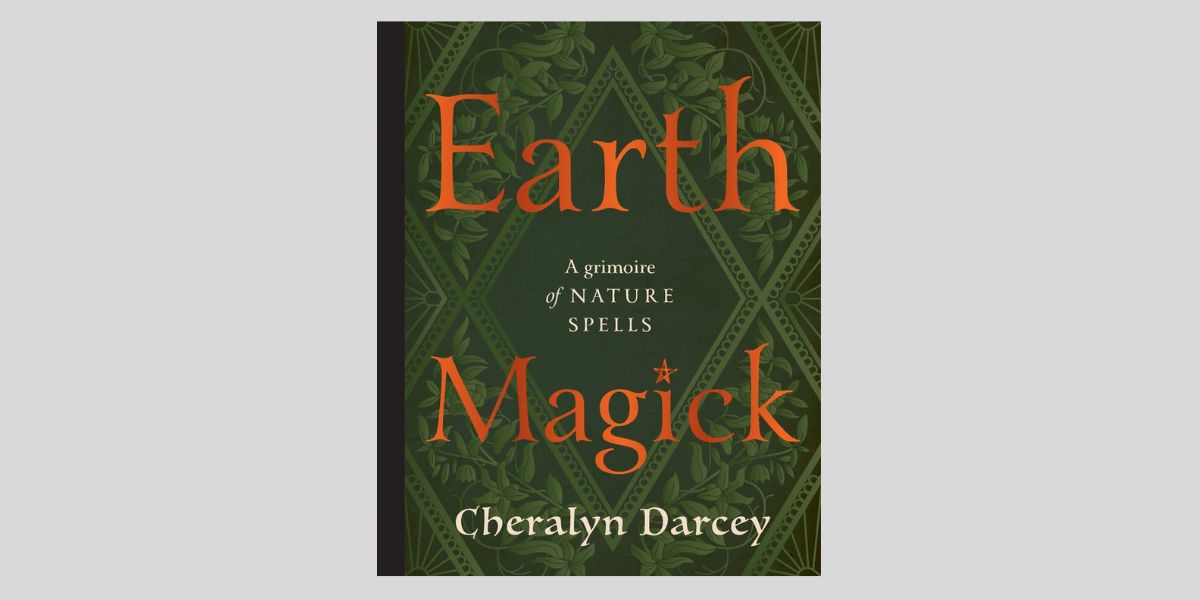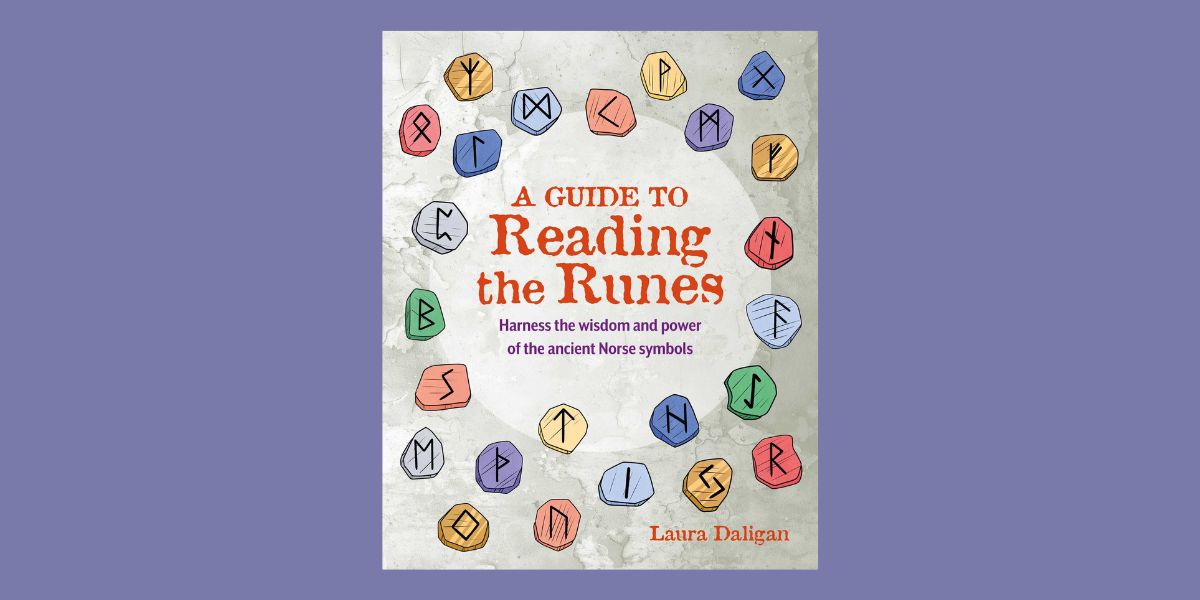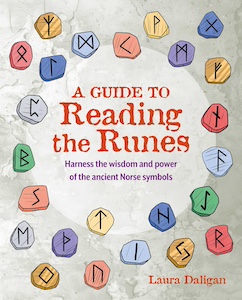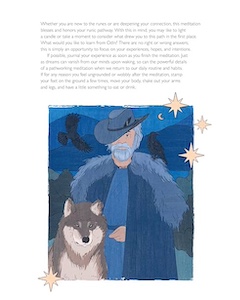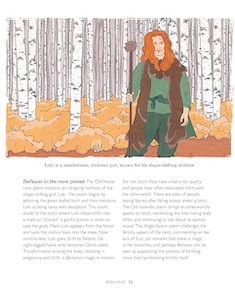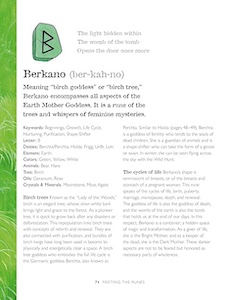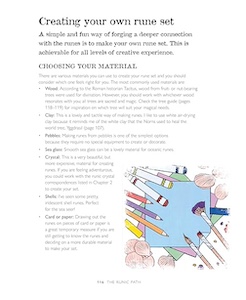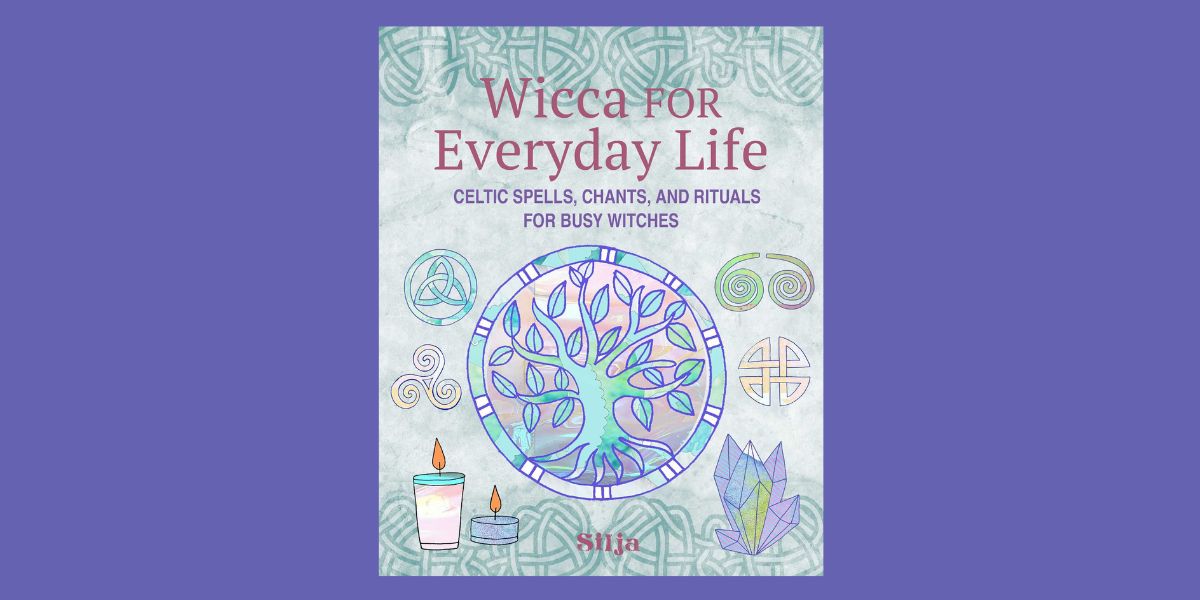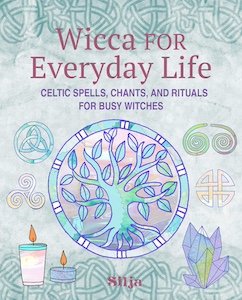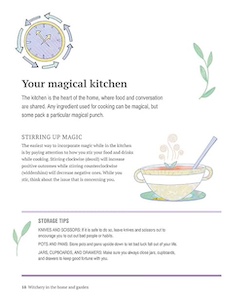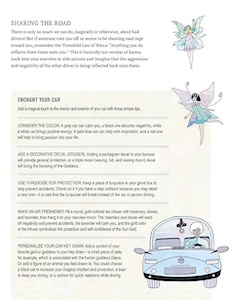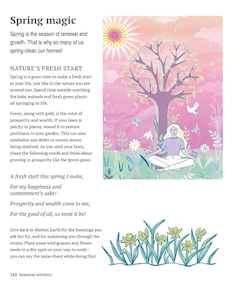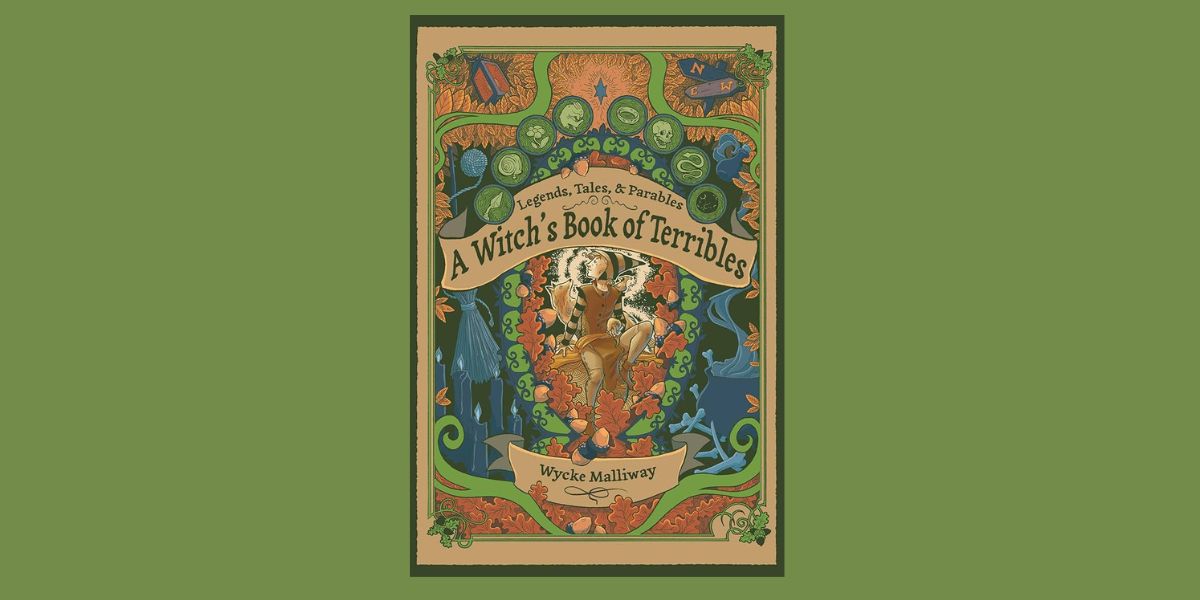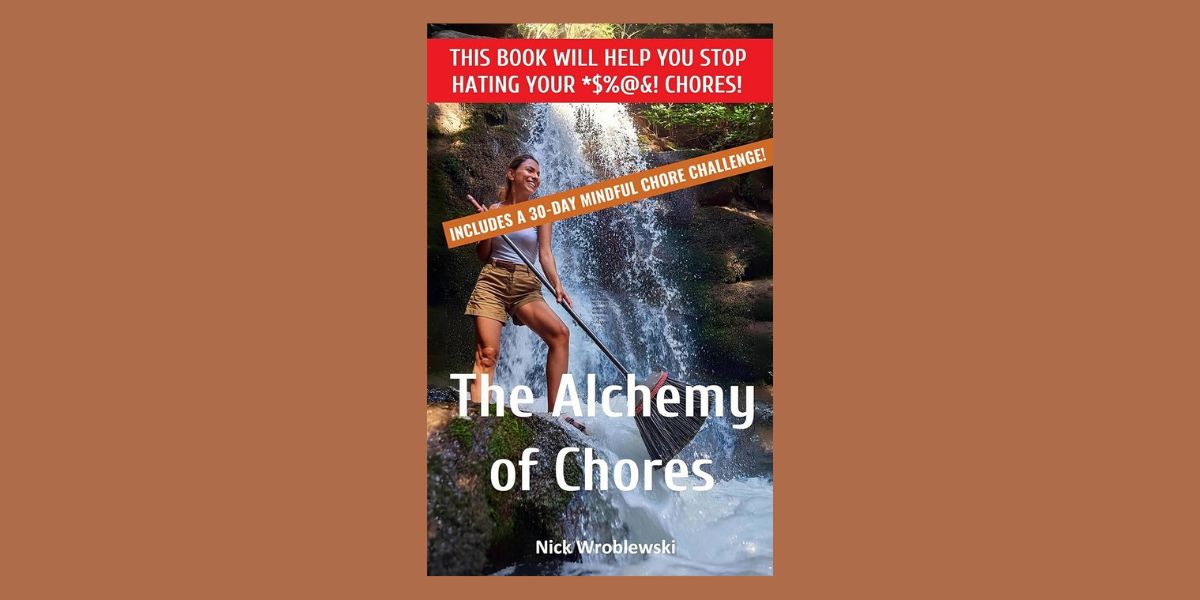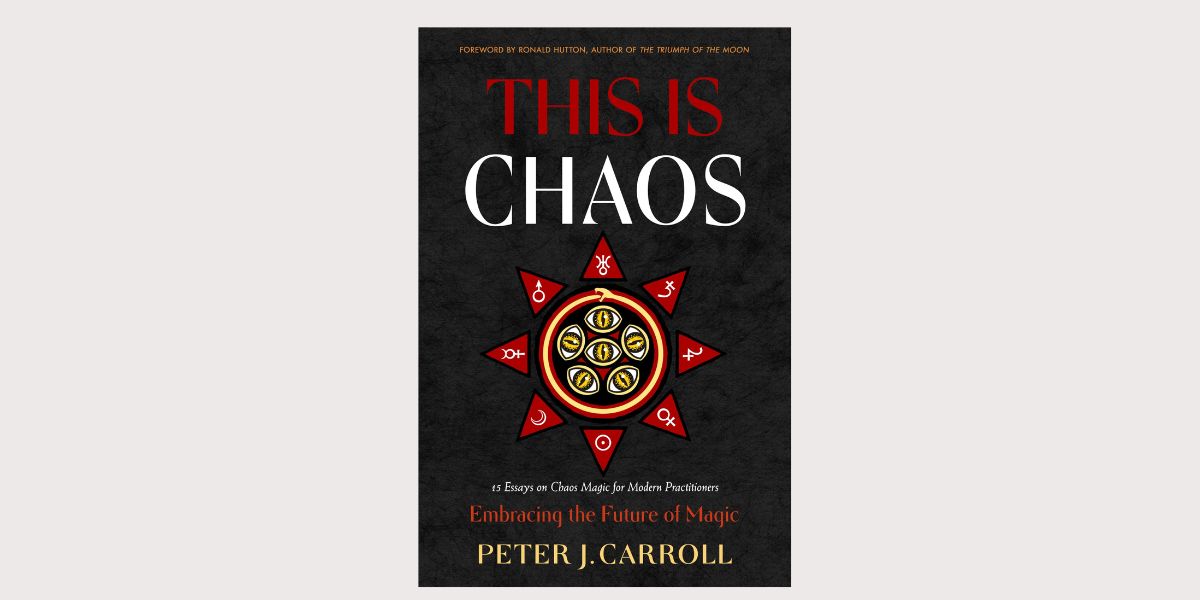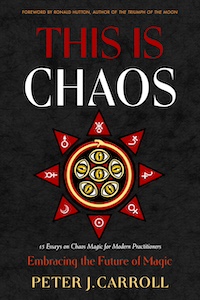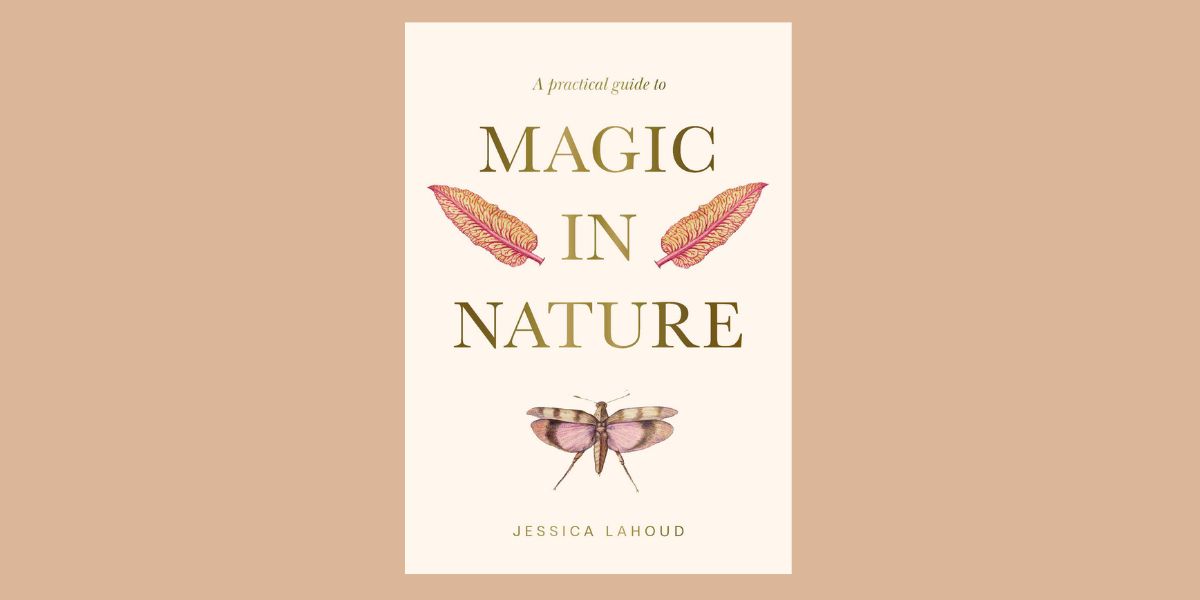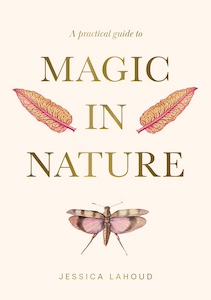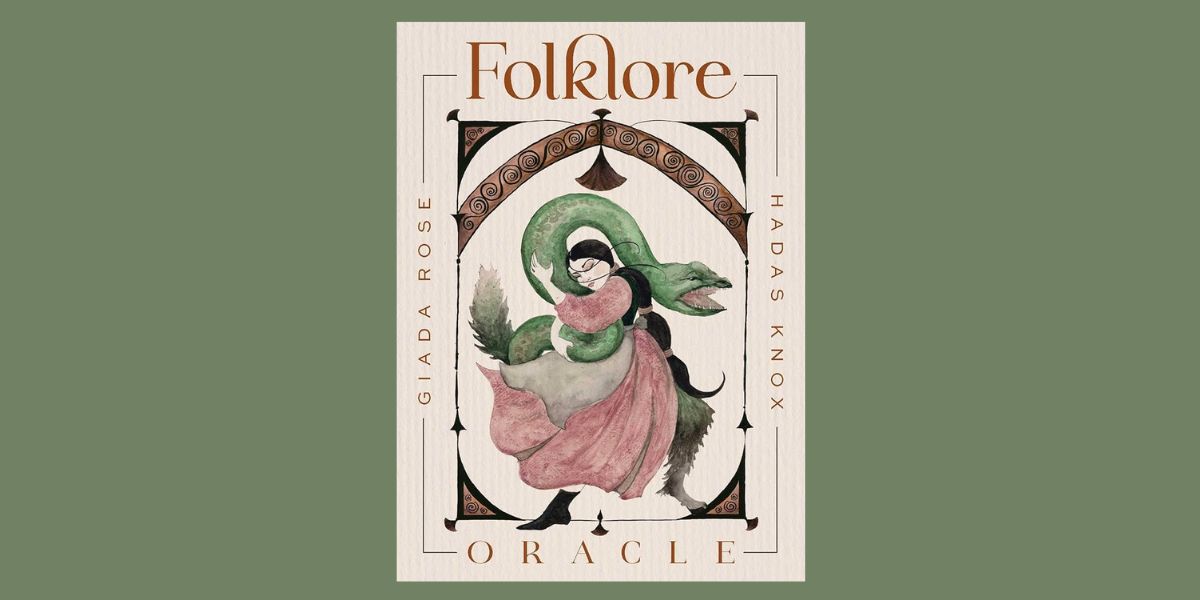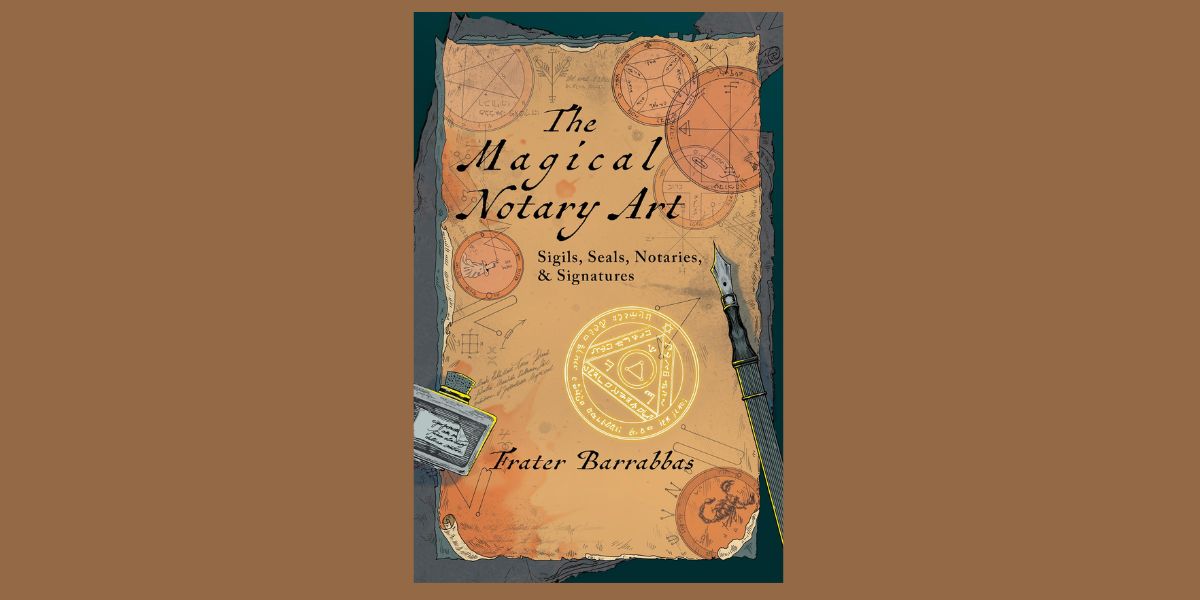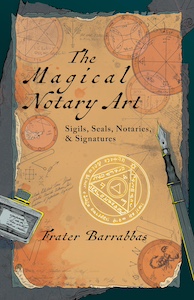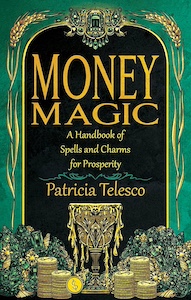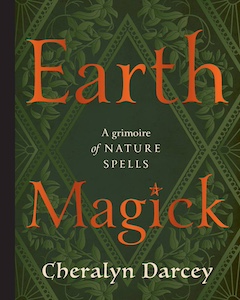
Earth Magick: A Grimoire of Nature Spells, by Cheralyn Darcey
Rockpool Publishing, 1923208306, 336 pages, September 2025
Earth Magick is an absolutely gorgeous book to behold. Author Cheralyn Darcey has beautifully brought together her background in botanical history, ethnobotany, gardening, and spirituality to create this remarkable collection of nature spells. Reminiscent of an ancient tome of magical knowledge, this hefty book reminds readers of the potent power plants have as our magical allies.
Darcey has a deep connection to nature, as evident by her other flower reading decks and plant-centered publications, which include The Language of Flowers Oracle, Oracle of the Roses, Green Witch Oracle, and The Language of Houseplants. In this book, she shares 180 personally-written spells sectioned into Flower Spells, Herb Spells, and Tree Spells. Her writing honors the healing and transformative power of plants, framing them as ancient energetic allies. Darcey writes:
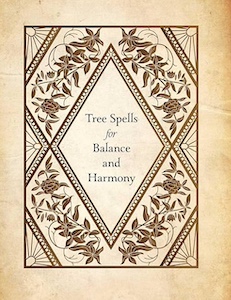
“In a world that often moves too fast, we can forget the old ways – the methods by which our ancestors communed with Nature, not only to heal the body but to mend the spirit and guide the soul. This book is a way back to that place, a gentle yet powerful guidebook that teaches you how to work with plants as allies in your magickal practice.”1
The book begins with an introduction to earth magic where Darcy shares guidance for growing places, harvesting tips, and what to do if you don’t have access to the plants needed for certain spells. She also covers the basics of spellwork, such as timing, ingredients, tools, and how to create and cast spells, including a section on magical correspondences. There’s even a section on why a spell might not work–a great reminder that sometimes things are not meant to be.
As mentioned, Darcy has divided the book into three main types of earth magic spellwork: floral, herbal, and arboreal. At the start of each section, she offers some insights to keep in mind. For instance, she comforts readers concerned about harming flowers when using them in spellwork. Later, in the tree section, she teaches readers how to make a proxy tree if they do not live within range of the tree needed for the spellwork. These little reassurances demonstrate how much Darcy cares about ensuring readers can work the spells to the best of their ability and circumstance.
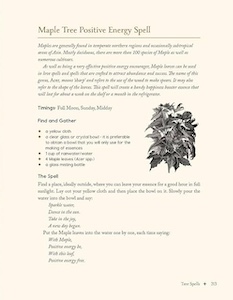
Within each type of plant spell (flower, herb, and tree), there are subgroups for specific intentions. For instance, there’s flower spells for success and prosperity and transition and change, while there are herb spells for home, family, and pets and spirituality, faith, and devotion. Some of the subsections for the tree spells include spells for modern problems and change and empowerment. It’s interesting to see how the different plants are best for certain types of magical outcomes. Plus, the glossy makes it very easy for readers to find exactly what type of spell they want.
And, my oh my what a great collection of spells Darcy shares! For each one, there is an introduction to the spell, timing suggestion, what to find and gather, the detailed spell, alternative plants that can be used (except for trees), and extra tidbits of information about the plant (history, folklore, magical and healing uses, etc.). There’s also at least one or two illustrations per page, which makes for a gorgeous aesthetic.
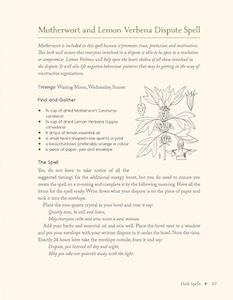
Here’s a list of some of the spells I am most looking forward to performing when the time is right:
• Iris and Passion Flower Inspiration Spell
• Yellow Rose New-Beginning Spell
• Azalea and Chrysanthemum Personal Protection Spell
• Jasmine New Opportunity Spell
• Wild Yam and Potato Money Spell
• Juniper Berry Personal-Boundary Spell
• Ginger and Peppermint Creativity-Boost Spell
• Cacao Physical-Energy Spell
• Maple Tree Positive Energy Spell
• Holly Tree Find Balance Spell
• Pine Tree Increase Intuition Spell
Sometimes the flower, herb, or tree will not be within the reader’s immediate vicinity to work with, which can be a bummer if you’re really called to that spell. But as mentioned, Darcy offers plenty of ways to work around this. One of the most accessible ways is to work with an image of the plant. The alternative options shared for the flowers and herbs are another way for readers to substitute ingredients they have more readily on hand. Plus, the list of magical correspondences at the end make it so readers can tweak the spells to fit their needs even more by using Darcy’s spells as a general outline to work from.
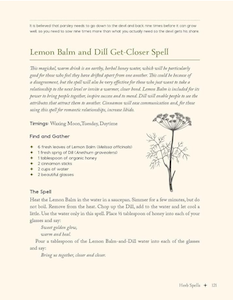
Darcy has included a whole section at the end about creating one’s own spells. She offers magical correspondences of colors, timings (moon phases, days of the week, time of the day), and crystals. There’s also a lengthy list of flower and herb meanings. For those really called to learn more, I highly recommend Darcy’s other books that go more in-depth into the meanings and symbolism of different plants.
Overall, Earth Magick is a richly botanical and aesthetically thoughtful spellcraft guide, ideal for those interested in nature-based rituals, plant lore, and crafting personal magic with herbal and plant allies. For those who seek to deepen one’s relationship with the natural world and embrace plants as living partners in magic, this book is a perfect addition to one’s library. The variety of spells makes for plenty of creative possibilities, offering readers the opportunity to expand their plant magic practice in a meaningful way.
Alanna Kali is an astrologer, numerologist, and pioneer spirit that loves to explore life through the lens of depth psychology. She has a passion for studying the humanities and social trends. Her academic work is centered upon reuniting body, mind, and spirit through eco-psychology. She loves reading, spending time in nature, and travel.
